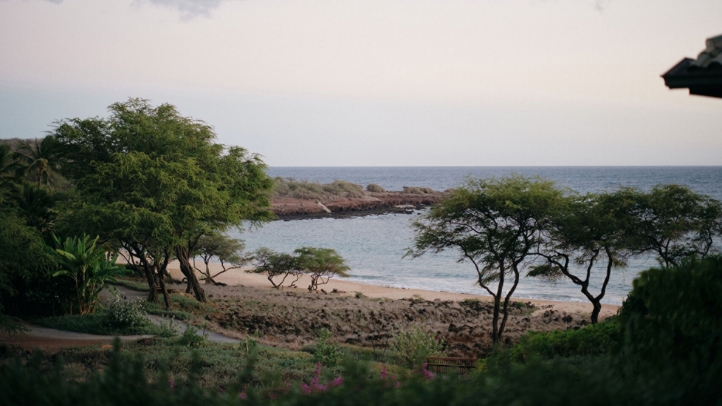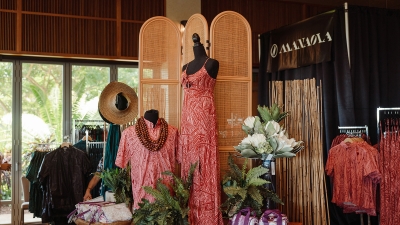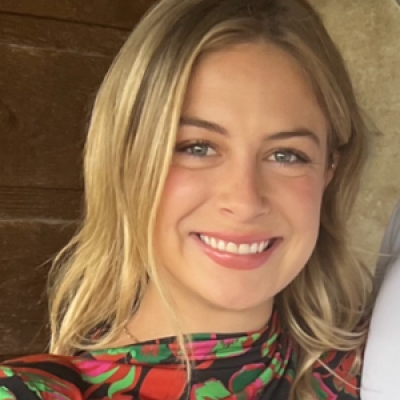Natural Experiments at Hulopoe Bay

Four Seasons Resort Lanai supports Elizabeth Madin, Associate Professor at the Hawaii Institute of Marine Biology, an institute within the University of Hawai‘i at Manoa on Oahu, and Zackery Rago, field campaign leader, Ph.D. student and cast member of the film Chasing Coral, streaming on Netflix, as they conduct research on the island. Their project focuses on the interaction of predators and prey inside Marine Protected Areas (MPA) such as Lanai’s Hulopoe Bay. Guests can visit and even participate in the experiment at the beach or talk story in the evening at The Break while they are on property.
The research team shares information including the organisms and health of Hulopoe Bay, the history of the Bay and how fishing and human interaction impact marine life, what science can reveal about the effect of fishing and what role marine reserves play in conservation, what coral reef halos are and what they divulge about ecosystems and protected areas, and finally why research on Lanai is important.
Grazing halos are distinctive barren zones surrounding patch reefs and can be seen globally through satellite imagery and remote sensing. However, the underlying mechanisms and processes leading to their formation are poorly understood. One of the leading hypotheses is that predator-prey interactions lead to a landscape of risk where smaller herbivores who use the reef as a refuge are only willing to travel certain distances away from that protected area before the risk of being eaten by predatory fish outweighs what they gain by grazing on algae.
In this study, Marine Life Conservation Districts (MLCDs), including the one at Hulopoe Bay, serve as a proxy for increased predator and prey abundance and biomass in order to explore how halo-like patterns form.
Due to fishing regulations the team can compare consumption rates of algae at different distances from the reef inside (Protected) and outside (Fished) the MLCD. Experiments are regularly run to measure algal consumption and fish surveys estimate predator and prey density. They also use algae measurements to showcase consumption and fish grazing patterns.
The team’s expectation is that inside MLCDs grazing should increase closer to the reef and decrease at farther distances due to predator risk. Conversely, fished sites where predators are in lower numbers should yield more random patterns and no constraint to the reef.
The surveys are conducted by swimming 50 metre (165 foot) transects where fish are tallied and identified to the species level and length. This data allows them to calculate the average biomass of an area for both predators and prey.
The team has collected six months of data and preliminary results have proven consistent with expectations. This simple experiment not only gives insights to how halo patterns are forming but it also is providing information on the effectiveness of management strategies in Hawaii where information on local fisheries can be difficult to obtain. The team hopes their research can be utilized when considering the implementation of MLCDs as well as assessing preexisting management strategies.

Los Angeles, 90045
USA




 @FourSeasonsPR
@FourSeasonsPR